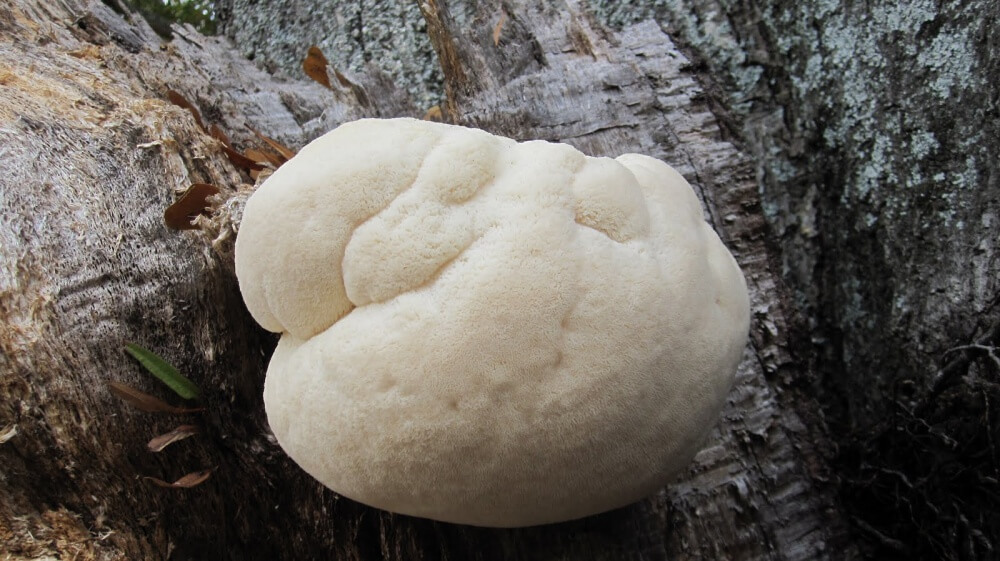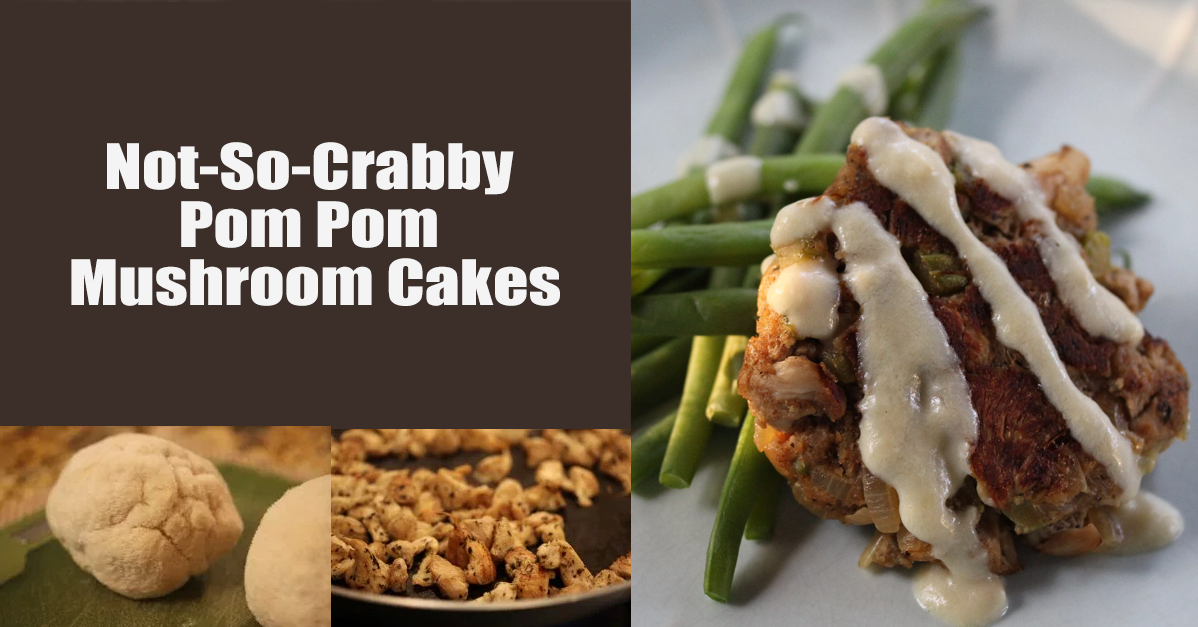
Where to buy it? These mushrooms are sometimes available at your local grocery store or farmer’s market.These are native to North America, Europe and Asia.

Other names include hedgehog mushroom, bearded tooth, and pom pom.

Here’s a quick summary of this mushroom variety: In the future, circular casing materials could be combined with Eclo’s circular substrate for truly sustainable mushroom production.When I first noticed these in the grocery store, I was curious about this unique fungus too! Check out my lion’s mane mushroom informational post here to learn about everything from taste to health benefits. In response, innovators, such as a research team in the Netherlands are already looking for peat alternatives, but efforts are still in their early stages. Extracting peat for this purpose damages peat bogs that play a vital role in sequestering carbon. Today, peat is widely used as that casing layer. In addition to a substrate, commercial mushroom growers hoping to achieve a high yield must also use what is called a ‘casing layer’ on top of the substrate. But in the case of mushrooms specifically, there is more work to do. Developments such as Eclo’s new factory are helping to make this a reality. Other mushroom-flavoured innovations recently spotted by Springwise include bionic mushrooms that generate electricity, a biofuel made from mushroom waste, and mushrooms grown at an underground farm.Īs people increasingly adopt plant-based diets, it is essential that meat alternatives, such as mushrooms, are produced as sustainably as possible. Elsewhere, the company runs an urban farm that produces exotic mushrooms, microgreens, and aromatic baby herbs.
#POMPOM MUSHROOMS FULL#
Installation of the new facility will begin in 2023, and full production is expected to be achieved in 2026. Once the substrate is completely colonised by mycelium, it will be sold to growers who will use it to produce shiitake, eryngii, nameko, maitake, and pompom mushrooms. The organic waste feedstock will be sourced locally, with Cantillon Brewery providing spent beer grain, and Colruyt Group and Bon Pain organic bread. Because substrate production involves a high risk of contamination, the solar-powered factory will be hi-tech, employing automated production lines for the most important parts of the process.Īt the facility, the ingredients of the substrate will be mixed together in favourable conditions to encourage mycelium growth. The facility will produce 7,000 tonnes of mushroom substrate per year, a significant ramp-up in the company’s production capacity. To make the most of its circular substrate, the company recently raised €4.7 million to build a brand new factory in Villers-le-Bouillet near Liège. Not only is this a good use of recyled material that reduces the demand for virgin grain – the novel substrate is also high-yield, benefitting growers’ bottom lines. Eclo, by contrast, has found a way to replace the grains with organic waste from breweries and industrial bakeries. Normally, mushroom substrates are made from a wood base, grains, water, and mycelium. This is where Belgian startup Eclo comes in. But sourcing substrates is a thorn in the side of commercial exotic mushroom growers, with supply chain issues dogging the market. To grow mushrooms you need a ‘substrate’ – the base material colonised by the fungi’s mycelium from which the edible mushroom flowers. And the growth of vegetarian and vegan diets is whetting consumers’ appetites for exotic mushrooms in particular, with varieties such as shiitake and oyster growing in popularity.

In 2020, the global mushroom market produced 14.35 million tonnes of fungi, but this figure is forecast to reach 24.05 million tonnes by 2028. Spotted: Mushrooms are not only tasty – they are in demand.


 0 kommentar(er)
0 kommentar(er)
